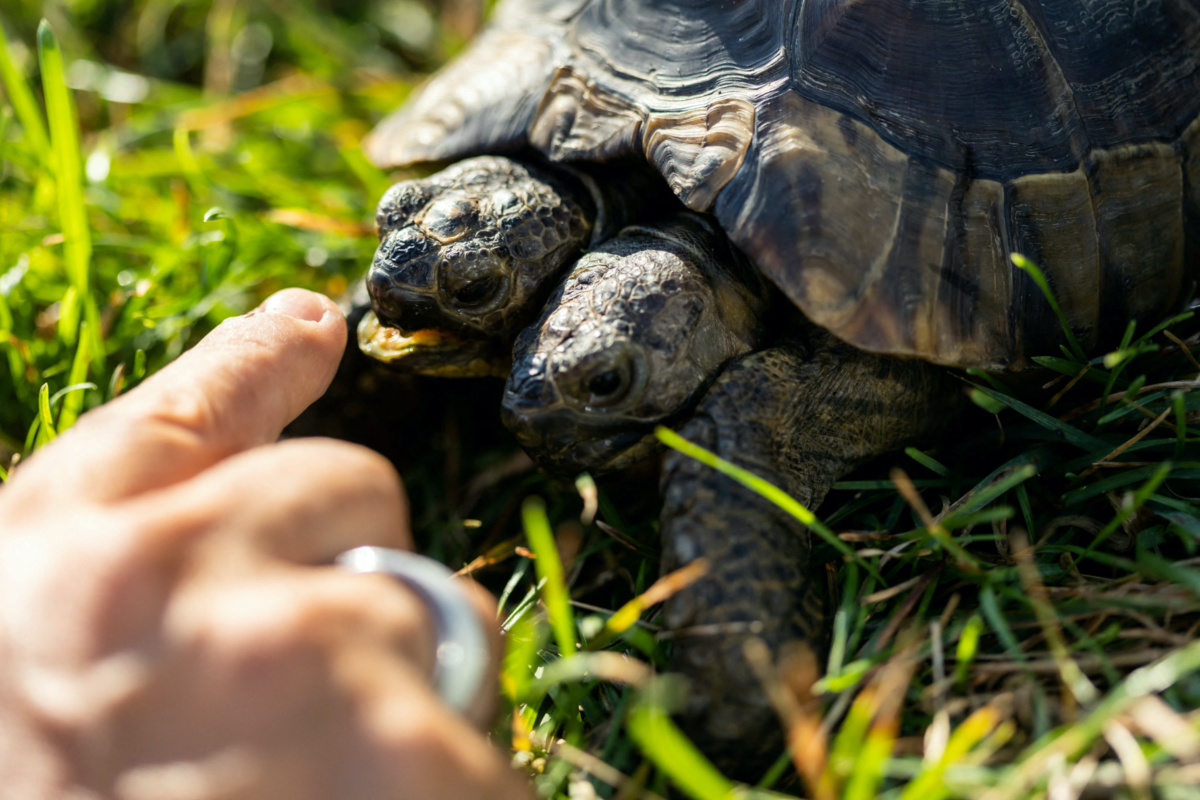
DAVID ADAMS provides a round-up of some stories on the odder side of life…

Men participate in “Bolas de Fuego” (Balls of Fire) festival to remember the fight of Saint Geronimo against the devil with balls of fire, in Nejapa, El Salvador, on 31st August. PICTURE: Reuters/Jose Cabezas
• Salvadorans celebrated a dangerous but beloved festival by lobbing fireballs at each other during night-time revelry last week that mixes religious and historical elements as masked participants dodged flaming projectiles and onlookers cheered them on. The annual festival was held last Wednesday night in the town of Nejapa, a short drive north of the country’s capital San Salvador. It honours St Jerome, the hamlet’s patron Roman Catholic saint, known as San Jeronimo in Spanish. Festival organisers prepared for the fiery spectacle by soaking 3,000 cloth balls in gasoline, or double the normal amount, to mark the festival’s 100th anniversary and the first since the COVID-19 pandemic triggered cancellations of the event over the past couple years. “This really makes me emotional, it’s a big passion for me,” said Nejapa resident Elmer Portal, his face colourfully painted. “This is our culture and it shows love for Nejapa.” The festival is believed to re-enact an epic battle between St Jerome and the devil. According to one version, the saint was deep in prayer when the devil began throwing fireballs at him to distract him from his devotions. St Jerome then fired back, and after a fierce fire fight, the holy man was able to force the devil to retreat. Other versions of the story invoke volcanic eruptions centuries ago, and the heroic efforts of the saint to guide villagers to safer ground. During the festival, flaming balls littered Nejapa’s main roadway as mostly young men wearing heavy gloves grabbed thefireballs before launching them into the air to a lively soundtrack of trumpets, drums and xylophones. At least one person was treated by medical personnel for what appeared to be light injuries. “Today we returned to celebrate in grand style from Nejapa for El Salvador, and for the world,” said the town’s mayor, Jorge Escamilla. – WILFREDO PINEDA/Reuters

Shoji Morimoto who charges 10,000 yen ($US71.30) per booking to accompany clients and simply exist as a companion, poses at Shibuya crossing in Tokyo, Japan on 31st August. PICTURE: Reuters/Kim Kyung-Hoon
• Shoji Morimoto has what some would see as a dream job: he gets paid to do pretty much nothing. The 38-year-old Tokyo resident charges 10,000 yen ($US71) per booking to accompany clients and simply exist as a companion. “Basically, I rent myself out. My job is to be wherever my clients want me to be and to do nothing in particular,” Morimoto told Reuters, adding that he had handled some 4,000 sessions in the past four years. With a lanky build and average looks, Morimoto now boasts nearly a quarter of a million followers on Twitter, where he finds most of his clients. Roughly a quarter of them are repeat customers, including one who has hired him 270 times. His job has taken him to a park with a person who wanted to play on a see-saw. He has also beamed and waved through a train window at a complete stranger who wanted a send-off. Doing nothing doesn’t mean Morimoto will do anything. He has turned down offers to move a fridge and go to Cambodia, and doesn’t take any requests of a sexual nature. Before Morimoto found his true calling, he worked at a publishing company and was often chided for “doing nothing”. “I started wondering what would happen if I provided my ability to ‘do nothing’ as a service to clients,” he said. The companionship business is now Morimoto’s sole source of income, with which he supports his wife and child. Although he declined to disclose how much he makes, he said he sees about one or two clients a day. Before the pandemic, it was three or four a day. As he spent a Wednesday doing nothing of note in Tokyo, Morimoto reflected on the bizarre nature of his job and appeared to question a society that values productivity and derides uselessness. “People tend to think that my ‘doing nothing’ is valuable because it is useful [for others]…But it’s fine to really not do anything. People do not have to be useful in any specific way,” he said. – TOM BATEMAN and RIKAKO MARUYAMA/Reuters

Janus, a two-headed Greek tortoise named after the Roman god with two heads is seen one day ahead of his 25th birthday at the Natural History Museum in Geneva, Switzerland, on 2nd September. PICTURE: Reuters/Pierre Albouy
• Angelica Bourgoin strokes the shell of Janus the tortoise, whispering to him quietly as he scuttles in his pen and – his two heads rubbing together – prepares to celebrate his 25th birthday. Janus, who also has two hearts, two pairs of lungs and two distinct personalities, would not have survived long in the wild as he cannot retract his heads into his shell to seek shelter from predators. But at the Geneva Natural History Museum, where he hatched in 1997, Bourgoin and her team of carers – who believe he is the world’s oldest bicephalic tortoise – can cater for his every need. They feed him organic salad and give him daily massages and baths in green tea and chamomile. For exercise, he goes for regular walks, sometimes with music, and rides on a custom-made skateboard. “I think it’s because of the attention we give him and our devotion that he’s still here today,” said Bourgoin. Janus, a Greek tortoise named after the two-headed Roman god of beginnings and transitions, also has a special party to look forward to this weekend. But it’s not all plain sailing. He is under constant surveillance in case he flips over, which could be fatal, and survived a bladder stone operation in 2020. His heads need periodic treatment with vaseline to stop them getting sore when they rub together. His two personalities also generate different moods and tastes that can occasionally lead to conflict, for example over which direction to walk. “The right head is more curious, more awake, it has a much stronger personality. The left head is more passive and loves to eat,” Bourgoin said, adding that one head was partial to endives and the other to carrots. – EMMA FARGE and CECILIA MANTOVANI/Reuters






